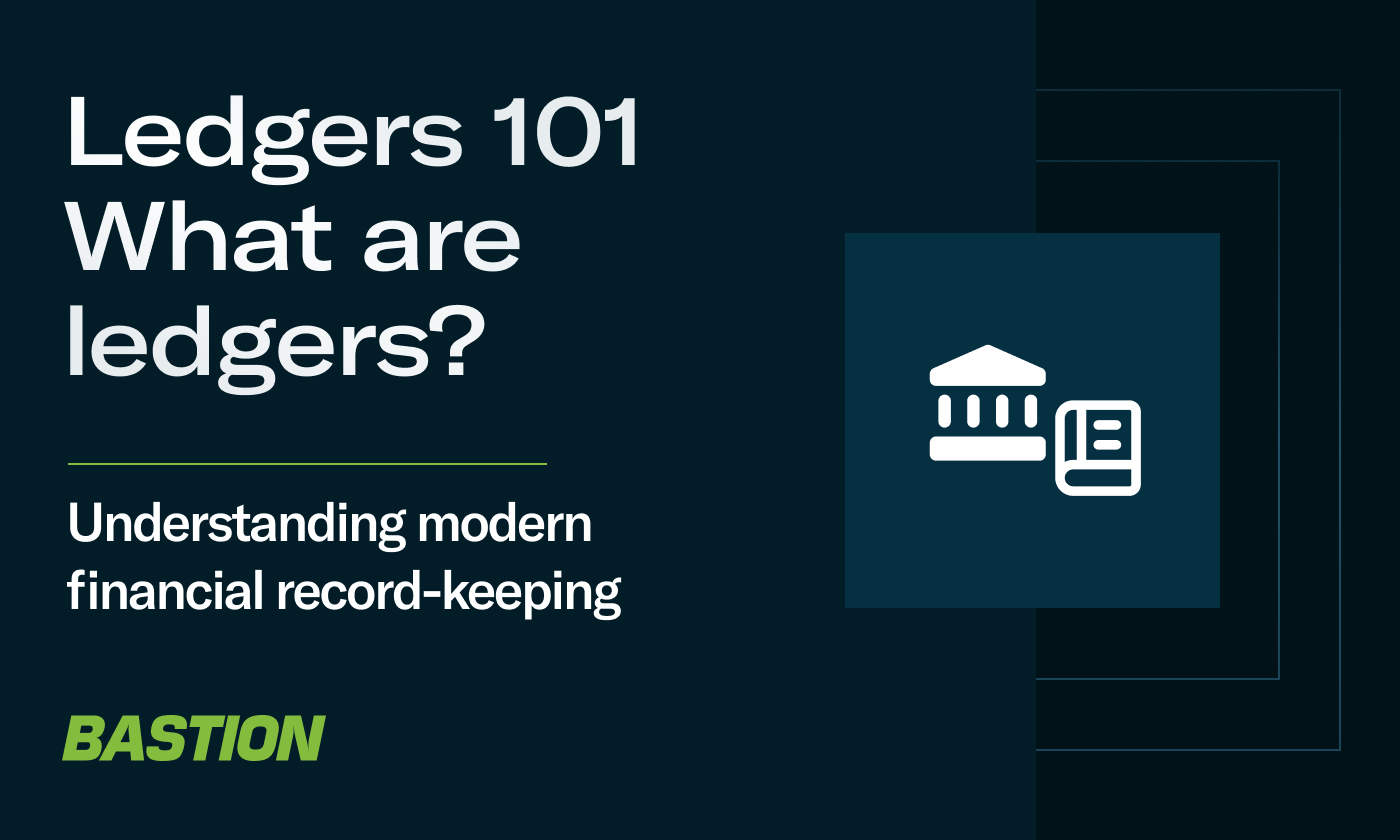
In today's digital financial world, ledgers form the backbone of transaction records. These systems have evolved from simple paper logs to complex digital networks, revolutionizing how we track and verify financial activities. Today, we explore the key concepts of modern ledger systems.
What is a Ledger?
A ledger is a record-keeping system used to store and organize financial transactions. Modern ledgers are primarily digital systems that track every financial move within an organization or network. They provide a comprehensive view of financial activities, enabling businesses to make informed decisions and maintain accurate records.
Single-Entry vs. Double-Entry Ledgers
The two primary methods of bookkeeping are single-entry and double-entry systems. Each has its own strengths and use cases.
Single-entry ledgers are simple systems where each transaction is recorded only once. They're easy to understand and maintain, making them suitable for individuals or small businesses with straightforward financial transactions. However, their simplicity also makes them more prone to errors and limited in scope.
Double-entry ledgers, on the other hand, are the standard for modern accounting. In this system, each transaction is recorded in at least two accounts - one is debited, and another is credited. This method offers several advantages:
- Greater accuracy and error detection
- A complete financial picture of the business
- Better suited for complex financial systems
While more complex than single-entry systems, double-entry bookkeeping is the go-to choice for businesses of all sizes due to its robustness and comprehensive nature.
Types of Modern Ledgers
Modern ledger systems have evolved beyond traditional centralized databases. Today, we see three main types:
- Centralized Digital Ledgers: Used by most traditional banks and financial institutions, typically part of larger ERP systems. They offer centralized control and management but may be vulnerable to single points of failure and can also hold digital assets (central exchanges), fiat currencies (Venmo), or even points (Delta).
- Distributed Ledgers: These spread transaction records across multiple nodes or computers, enhancing security and transparency. Key features include:
- Decentralized control
- Synchronized data across multiple locations
- No single point of failure
- Blockchain Ledgers: A specific type of distributed ledger with unique characteristics:
- Data organized in cryptographically linked 'blocks'
- Highly resistant to retrospective modification
- Uses specific consensus mechanisms (e.g., Proof of Work, Proof of Stake)
- Often provides public transparency of all transactions
While all blockchains are distributed ledgers, not all distributed ledgers are blockchains. Some DLTs use different data structures or consensus mechanisms tailored to specific needs, such as higher transaction speeds or increased privacy.
Key Concepts in Modern Ledger Systems
Modern ledger systems incorporate several crucial concepts to ensure accuracy, security, and transparency.
Audit logs are a fundamental feature, recording all activities and changes made to the ledger. They provide a chronological record of transactions and system events, essential for maintaining transparency and enabling forensic analysis when needed.
Reconciliation is the process of comparing two sets of records to ensure they agree. In modern systems, much of this process is automated, but human oversight is still required to resolve discrepancies and ensure accuracy.
Data integrity is paramount in ledger systems. Modern ledgers use various techniques like checksums and digital signatures to ensure the accuracy and consistency of data over its lifecycle. In blockchain systems, cryptographic hashes ensure that data hasn't been tampered with.
Access control defines who can view or modify ledger entries. This is critical for maintaining security and privacy. Role-based access control is common in enterprise systems, while public blockchains allow anyone to view transactions but restrict who can add new ones.
The Impact of Modern Ledgers
The advent of modern ledger systems has revolutionized financial record-keeping. These systems have:
- Dramatically increased efficiency through automation and real-time processing
- Enhanced accuracy by reducing human error in recording and reconciling transactions
- Improved security with advanced encryption and distributed systems
- Brought about greater transparency, especially in distributed systems
- Significantly reduced the cost of maintaining financial records
Conclusion
From traditional double-entry bookkeeping to blockchain, modern ledgers have come a long way. They continue to evolve, promising even more secure, efficient, and transparent financial record-keeping in the future. As technology advances, we can expect ledger systems to play an increasingly crucial role in shaping the global financial landscape.
